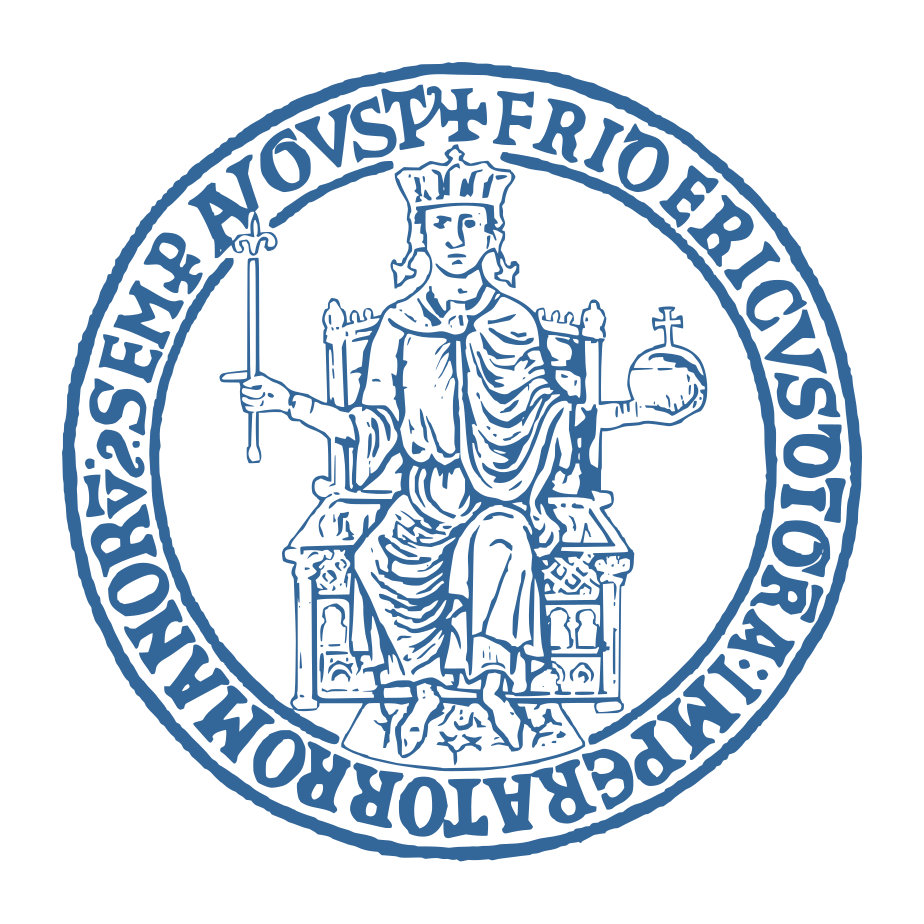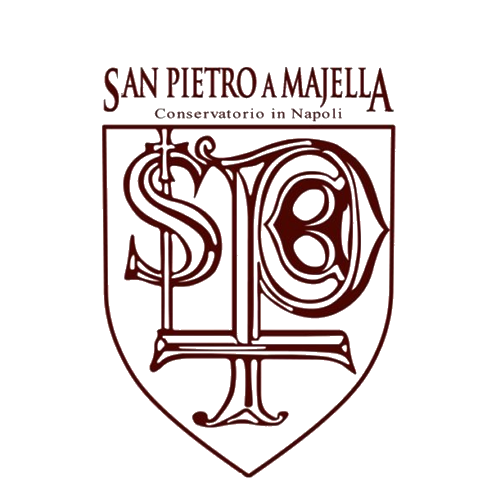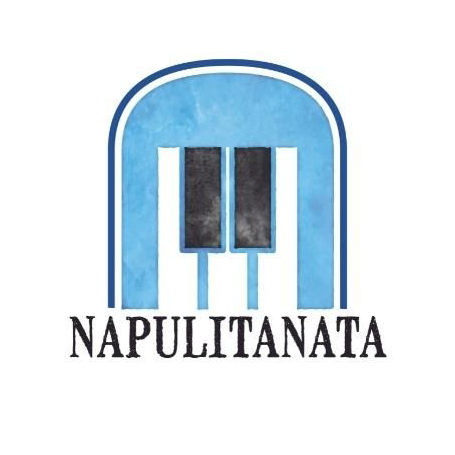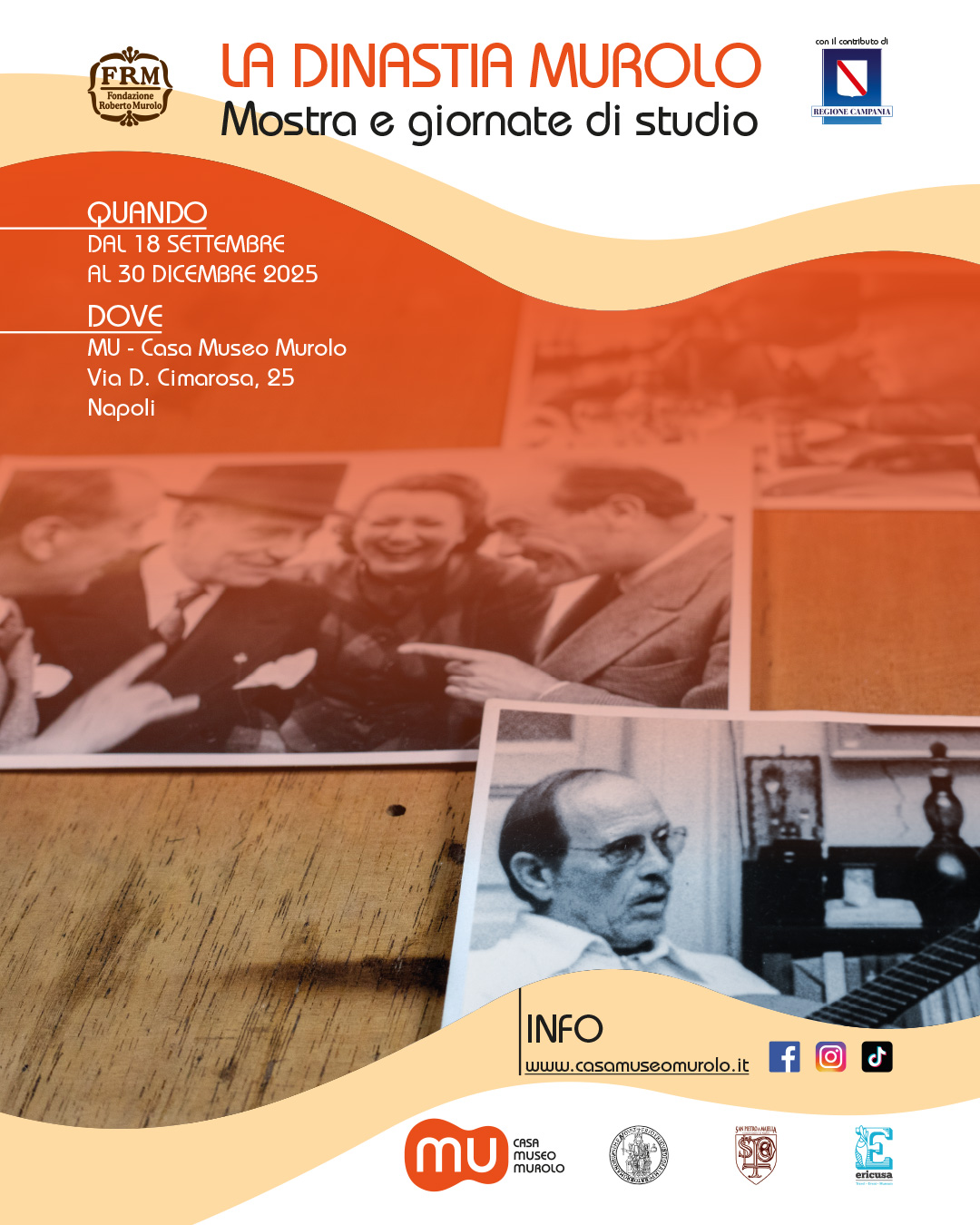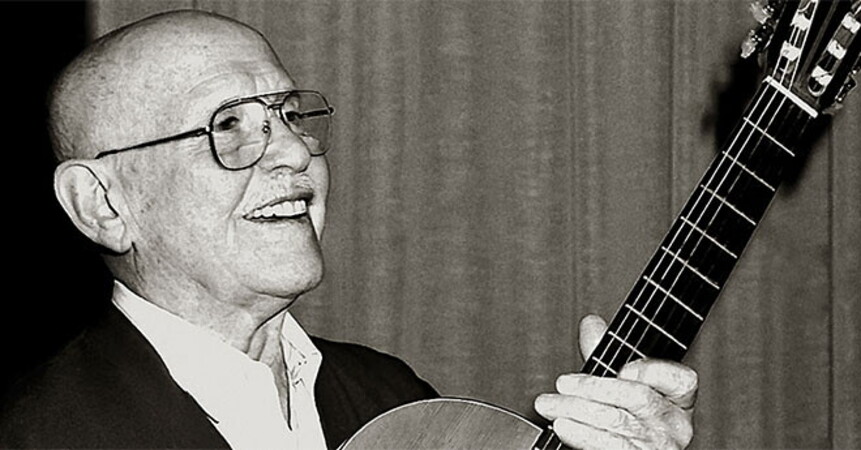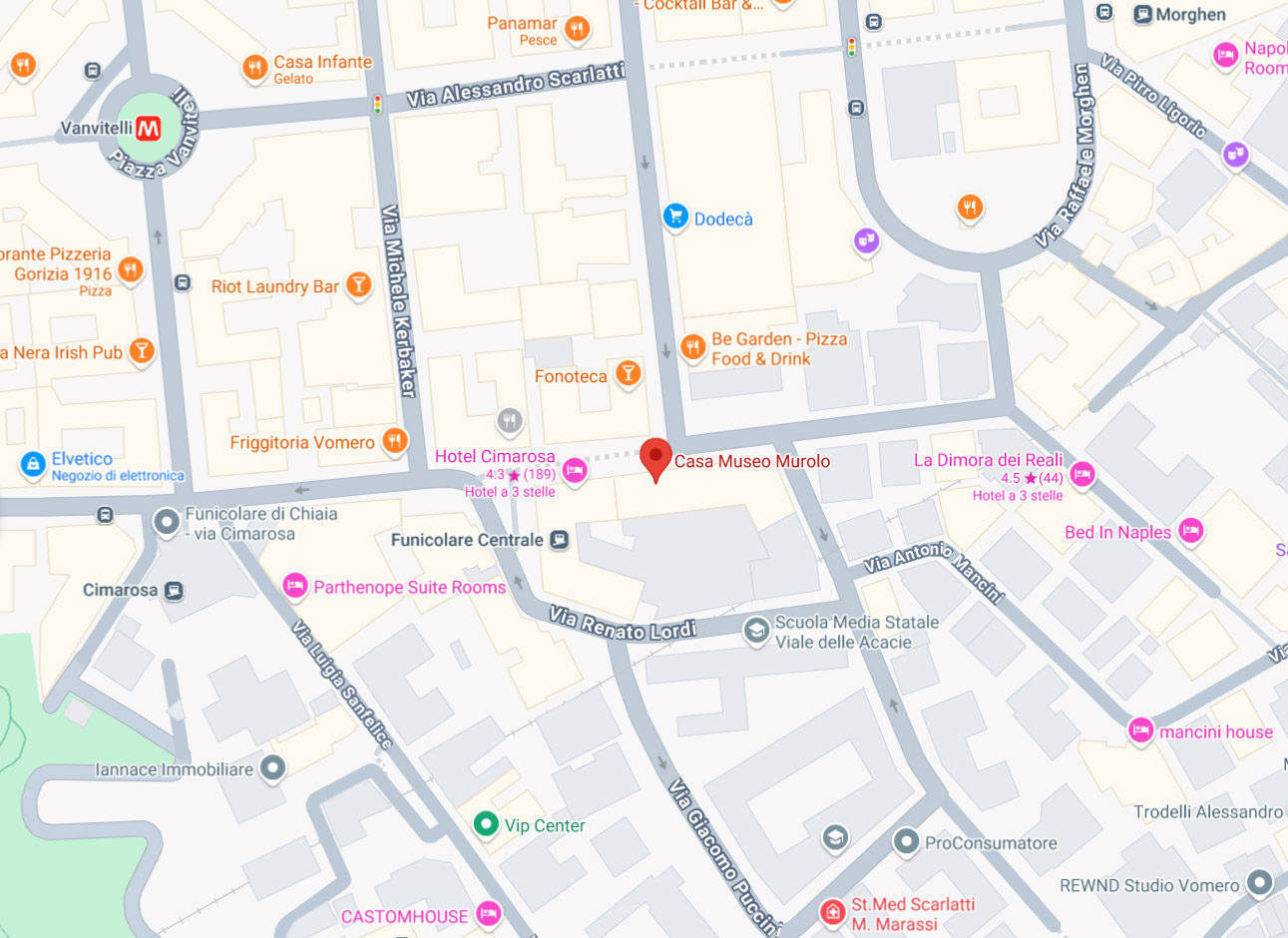Home Museum
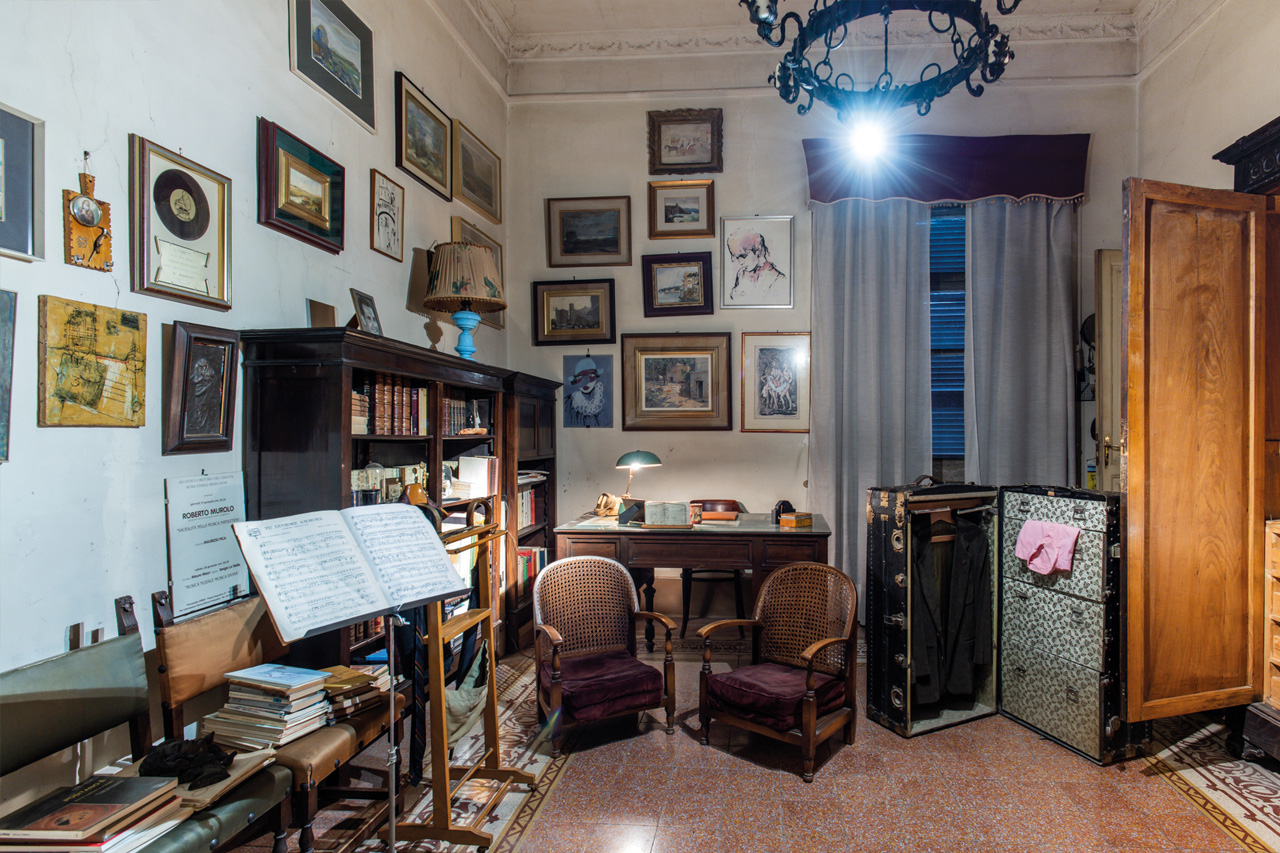
Casa Museo Murolo was born in the apartment where the Murolo family lived from 1930 to 2003, the year of Roberto's death. "Qui gu Napoli" (Here was Naples), it is appropriate to say, just like the title of a famous song by Ernesto Murolo, Roberto's father, set to music by maestro Ernesto Tagliaferri. Well yes, because the house at via Cimarosa 25, in the heart of Vomero, has hosted great figures of Neapolitan and Italian culture: Salvatore Di Giacomo, the De Filippo brothers, Libero Bovio, Totò, Raffaele Viviani, Roberto Bracco, Francesco Paolo Tosti, Ernesto Tagliaferri up to Fabrizio De Andrè, Mia Martini, Lucio Dalla, Sofia Loren and Renzo Arbore, just to name a few. Personalities who, over the years, gave life to an ideal "coterie", characterized by discussions and musical, theatrical, radiophonic, journalistic and cinematographic projects.
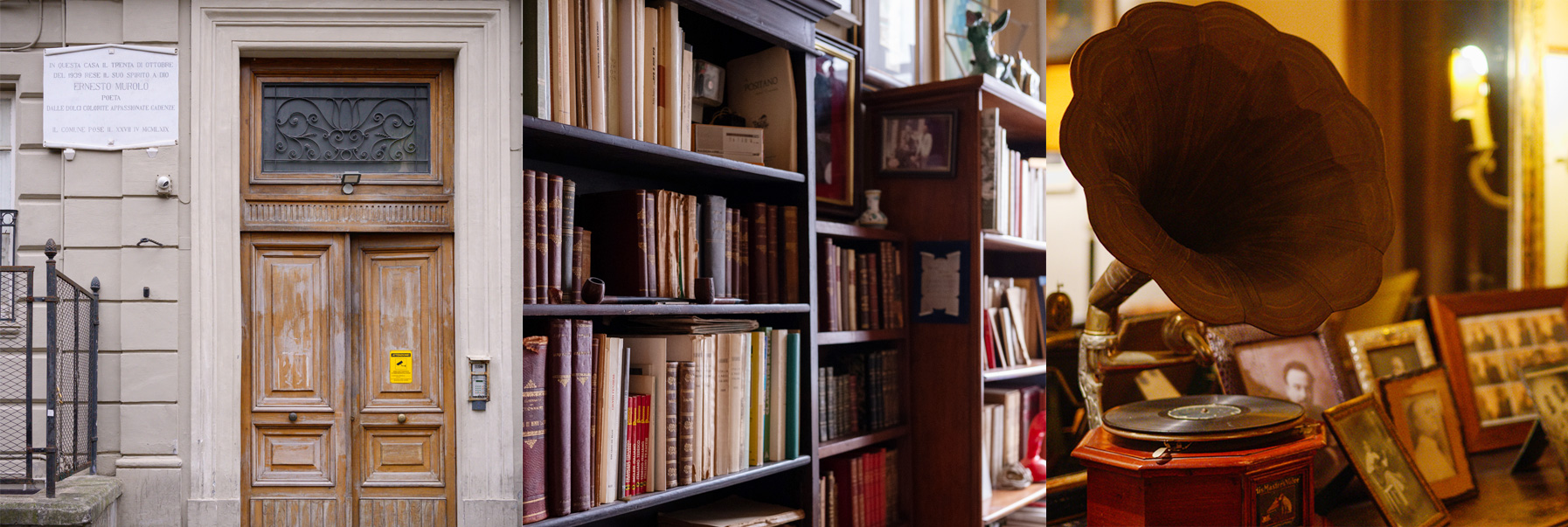
All this remains evidenced by the many diligently preserved and safeguarded materials: original manuscripts and autographed letters, period objects, including radios and gramophones, books, including numerous French publications collected by Ernesto Murolo, a collection of numerous and mostly very rare 78 rpm records, unpublished recordings and demos, the guitars and mandolins that belonged to the maestro, period paintings and photographs, often with dedications, prizes and awards attested by approximately two hundred plaques, medals, cups, parchments. Among the latter, the honor of Grand Officer of the Crown of Italy awarded to Ernesto Murolo by Vittorio Emanuele III stands out; the Knighthood of the Grand Cross and the title of Grand Officer of the Italian Republic awarded to maestro Roberto Murolo by Presidents Carlo Azeglio Ciampi and Oscar Luigi Scalfaro respectively. Finally, the Lifetime Achievement Award given to him with a moving worldwide broadcast from Murolo's home, during the Sanremo Italian Song Festival, in March 2002 and the "gold record" won with Ottantavogliadicantare.
Visiting hours
Starting from Friday 21 February 2025 Casa Museo Murolo is open to the public. The cost of the ticket is 5,00 € including a Guided Tour. The opening days and times are as follows:
| FRIDAY | 10:00 - 18:00 |
| SATURDAY | 10:00 - 18:00 |
| SUNDAY | 10:00 - 13:30 |
Murolo Family
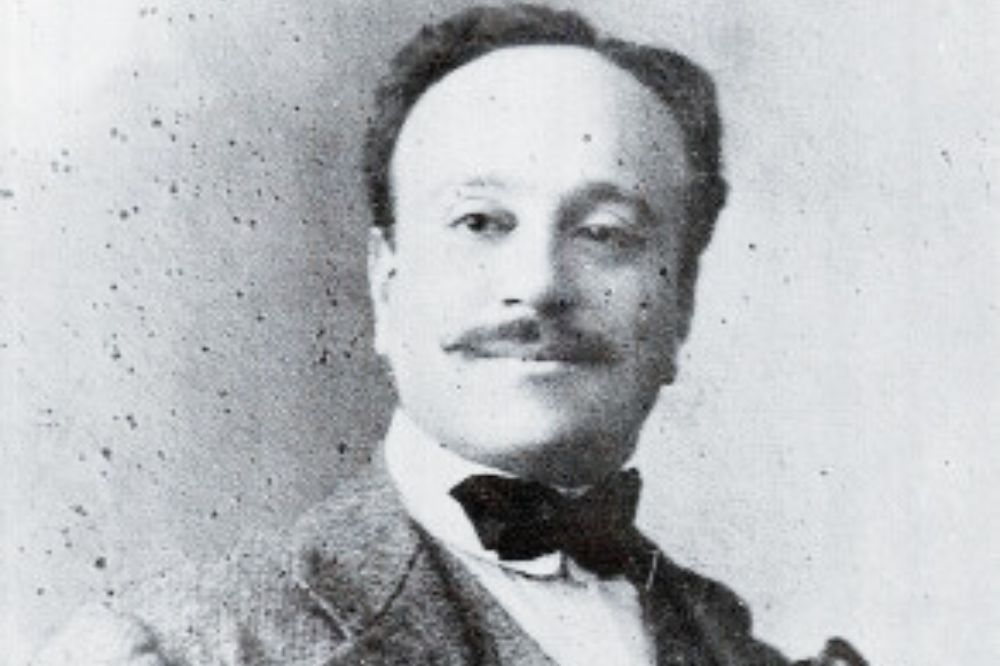
Ernesto Murolo
The Poet
Ernesto Murolo was born in Naples in 1876. His family wanted him to have a future in the legal field and for this reason the young Ernesto enrolled in the faculty of law but, at the same time, began to collaborate with various newspaper editorial offices, until he matured the choice to abandon his university studies to dedicate himself completely to writing. The decision was corroborated by the receipt of a paternal inheritance of about four million lire. The economic stability allowed the poet to reduce his journalistic activity and turn his energies to the artistic field as an author of verses for some of the most famous Neapolitan songs and as a playwright. From the beginning Murolo achieved great success collaborating with some of the artists and composers of the golden age of Neapolitan song, but without a doubt the most fortunate and long-lasting union was with Ernesto Tagliaferri: Napule aspetta, Napule ca se ne va, ‘O cunto ‘e Mariarosa, Mandulinata a Napule, Qui fu Napoli, Piscatore ‘e Pusilleco, Tarantella internazionale, ‘A canzone d’’a felicità, Nun me scetà, Adduormete cu mme some of the masterpieces born from the meeting between the two. He married Lia Cavalli - daughter of a painter from Livorno - from which union seven children were born.
Ernesto is also responsible for the idea of bringing a festival format to the Ligurian town of Sanremo, with Neapolitan and Italian songs; the artistic direction of the festival was by Murolo himself and the musical one by Tagliaferri.
The poet died in 1939 in his house in via Cimarosa, where he had returned after falling ill during a theater tour in Puglia.

Roberto Murolo
The interpreter
Roberto Murolo was the sixth of seven children, born from the union between Ernesto and Lia Cavalli. Since he was a child, as the son of an artist, he had the opportunity to breathe in the sweet scent of Neapolitan song in his father's house, coming into contact with the major exponents of the city's artistic scene of the early 1900s. In those years, the living room of the Murolo house was inhabited by personalities such as Salvatore Di Giacomo, Libero Bovio, Ferdinando Russo, Raffaele Viviani, Ernesto Tagliaferri, Gaetano Lama, just to name a few.
The musical aptitude of the young Roberto manifested itself very early and his approach to music was initially as an instrumentalist; first he approached the piano, then the study of the accordion and the sax, until at sixteen he began studying the guitar with the maestro Quagliolo.
After completing his studies and fulfilling his military service, Roberto began working as an employee at the Gas Company. At the same time, he cultivated an ever-growing interest in sports: boxing, swimming, diving, rowing and cross-country skiing were some of those he practiced most intensely. But art and music continued to accompany Roberto's life, in fact in the 30s a group of jazz derivation was born: the Mida Quartet. In the band, Murolo stood out with his deep timbre for which the trombone part was intended. The quartet began to perform first in Italy and then abroad, in fact, Roberto learned of his father's death while he was on tour in Eastern Europe. It was only in 1946 that Murolo was able to return to Naples, at the same time as the decision to distance himself from the group definitively.
Thanks to his brother Massimo, Roberto began to perform in Capri, at the Tragara club, achieving such success that he was able to sign a contract with Durium. This time, not a quartet or a band: there is Roberto Murolo, his voice and his guitar performing Neapolitan songs, what will be from now on an unmistakable brand. Thus it was that in 1947 Murolo's career finally took off, thanks to the radio broadcasts that contributed to increasing his fame.
In 1956 Roberto began a philological research work on the entire repertoire of Neapolitan songs, also recovering ancient songs. This very tiring work culminated with the publication, between 1963 and 1965, of the Napoletana. Chronological anthology of the Neapolitan song. Murolo recorded 160 tracks confirming himself as a cultured interpreter of Neapolitan songs. Murolo's mammoth work consists of twelve volumes that represent as many periods of Neapolitan song from 1200 to what, for Murolo, represented contemporaneity. Until the mid-1970s Murolo was involved in an intense and varied recording activity. His concert activity was instead non-stop with a schedule always full of commitments despite his advancing age. Important for the resumption of his recording activity was the meeting with the producer Nando Coppeto who took advantage of the television medium, at the time the most popular mass media, to relaunch the image of the Neapolitan interpreter.
In the last decades of his career there was no shortage of successes and collaborations with artists such as Enzo Gragnaniello, Mia Martini, Fabrizio De André, Lina Sastri, the Nuova Compagnia di Canto Popolare, Pietra Montecorvino, Eugenio Bennato, just to name a few without forgetting the professional and above all human relationship with his friend Renzo Arbore. The album Ottantavogliadicantare is from 1992, with the success Cu’ mme performed with Mia Martini and Enzo Gragnaniello. Ho sognato di cantare is the testament album of Murolo who at the venerable age of ninety realized the dream of singing until the end of his long career.
Roberto Murolo's earthly journey ended on March 13, 2003 in his home in via Cimarosa 25, in Vomero, where today stands the Fondazione Murolo founded by Murolo himself in 2001.

